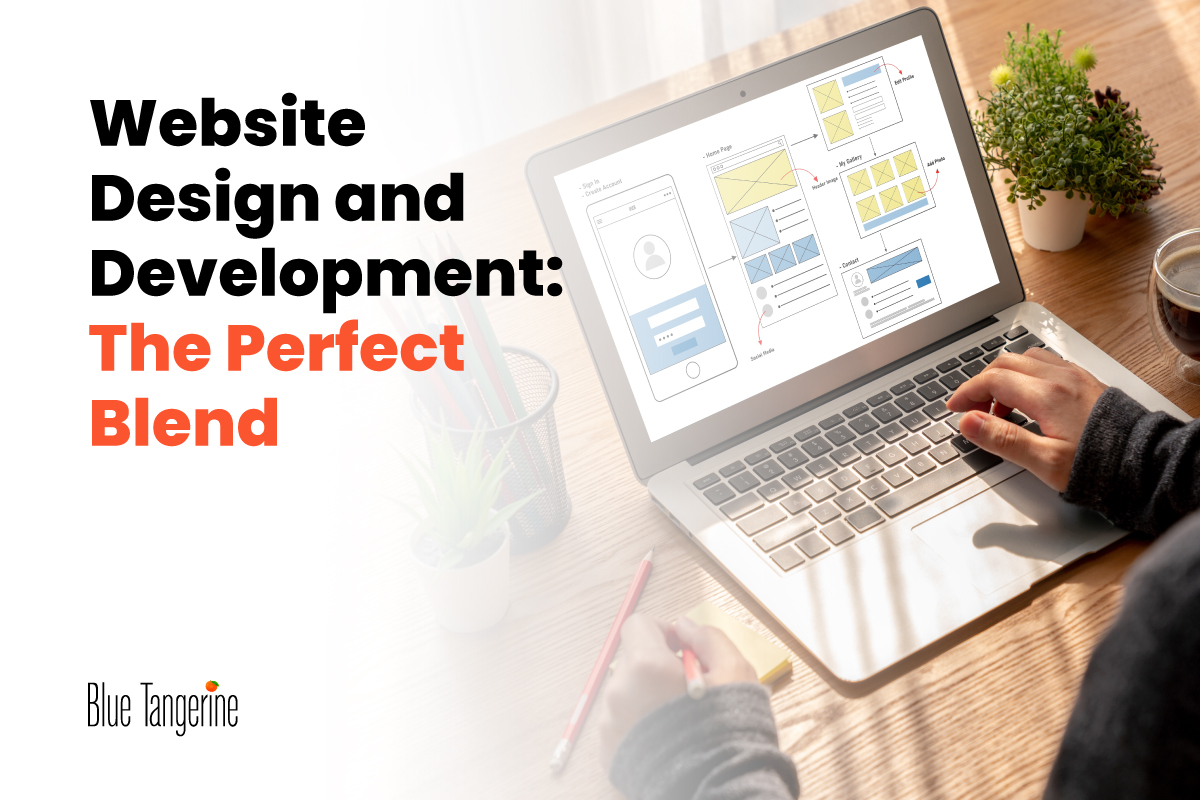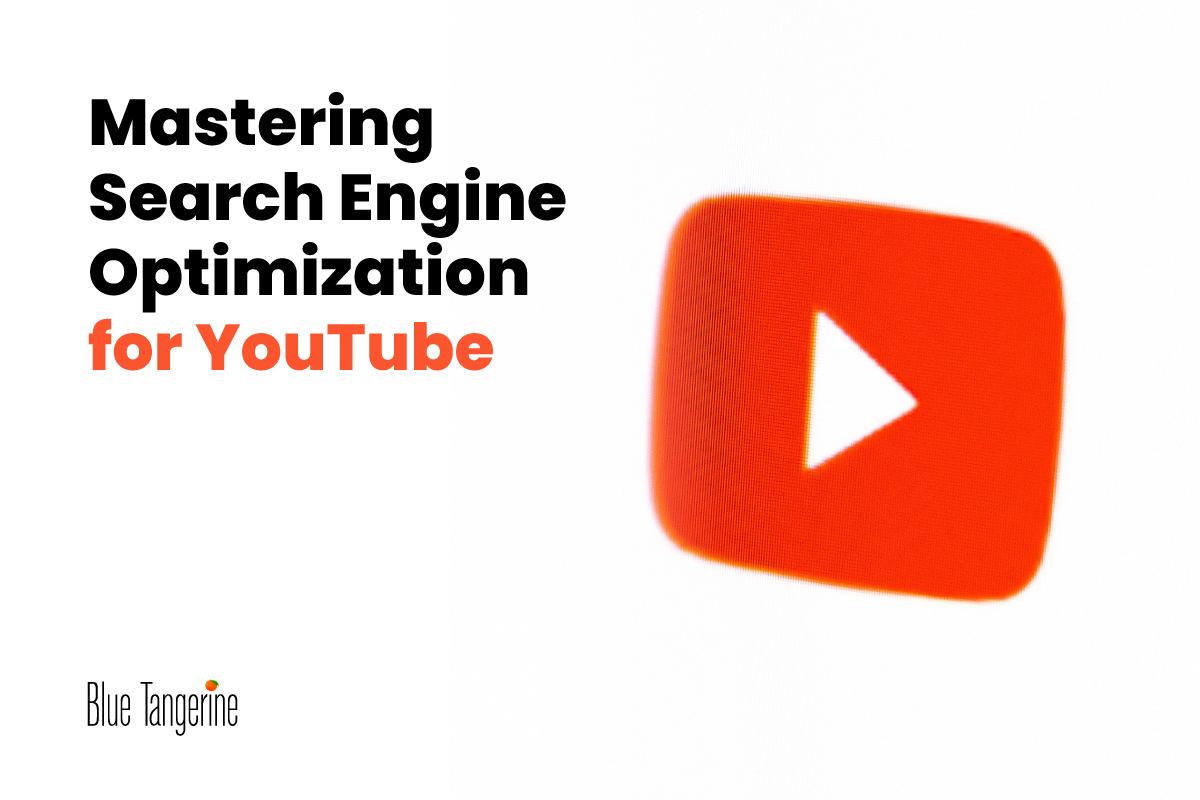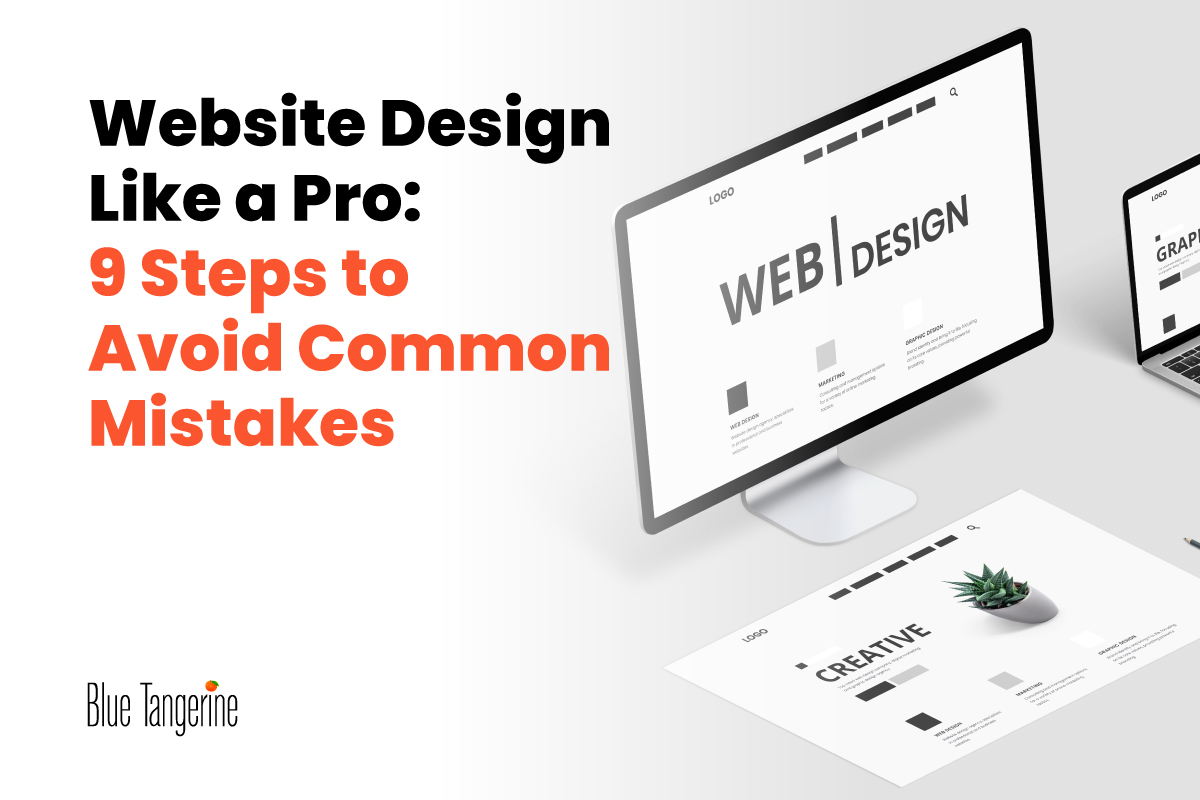Overview of Website Design and Development
In the vast universe of the internet, where millions of websites compete for attention, what makes one stand out from the rest? It’s not merely about having a presence; it’s about making an impact.
This is where the art and science of website design and development come into play. Let’s delve into the intricacies, exploring its visual language, technical foundation, and the seamless integration of design and development.
The Visual Language of Your Website
At first glance, a website’s design acts as a digital storefront, catching the eye of visitors and enticing them to delve deeper. It’s akin to the welcoming facade of a brick-and-mortar shop, inviting passersby to step inside and explore.
Within this digital realm, the visual language of a website plays a crucial role, comprising various elements meticulously crafted to evoke specific emotions and convey information effectively.
Layout
The arrangement of elements on a webpage plays a pivotal role in shaping user experience. A well-designed layout not only enhances visual appeal but also guides users intuitively, facilitating seamless navigation and interaction with content.
Whether it’s a clean and minimalist design or a dynamic and multi-layered layout, the organisation of elements influences how users engage with the website design and development.
Colour Scheme
Colours have the power to evoke emotions, set moods, and convey messages. The choice of colour scheme can significantly impact the overall tone and atmosphere of a website. Vibrant hues may exude energy and excitement, while soft pastels might evoke a sense of tranquillity and relaxation. By carefully selecting and harmonising colours, designers can create a cohesive visual identity that resonates with the target audience and reinforces brand messaging.
Typography
Typography is a vital aspect of website design and development. The fonts selected for headlines, body text, and other textual elements play a crucial role in defining the personality and character of a website. Typography not only affects readability but also contributes to the overall aesthetic appeal.
Whether it’s a sleek and modern sans-serif font or a classic and elegant serif typeface, typography adds depth and personality to design. By selecting fonts that align with the brand’s identity and message, designers can enhance the visual impact of the website and create a memorable impression on visitors.
Imagery
Visuals have the power to captivate and engage users, often conveying messages more effectively than words alone. High-quality images, videos, and graphics serve as powerful tools for storytelling and brand communication.
Whether it’s striking photography, compelling illustrations, or immersive videos, imagery enhances the aesthetic appeal and narrative depth of a website. By incorporating visually engaging content, designers can create an immersive and memorable browsing experience that resonates with users on an emotional level.
A harmonious combination of these elements results in a user-friendly and visually appealing website experience. By carefully crafting layouts, selecting colour schemes, choosing typography, and curating imagery, designers can create an immersive digital environment that draws visitors deeper into the digital realm and leaves a lasting impression.
Building the Foundation of Your Website
Beneath the surface beauty lies the technical infrastructure that powers website design and development. Just as a building requires a solid foundation, a website relies on robust backend systems to ensure functionality, security, and accessibility.
Coding
Behind every visually stunning webpage lies lines of code, defining its structure and behavior. Front-end languages like HTML, CSS, and JavaScript determine how content is displayed and interacted with, while backend languages like PHP, Python, or Ruby manage data and processes invisibly.
Content Management Systems (CMS)
CMS platforms like WordPress, Joomla, or Drupal provide the framework for managing website content efficiently. They enable users to update, publish, and organise content without delving into the intricacies of coding.
Security
Protecting sensitive data and safeguarding against cyber threats is paramount in today’s digital world. Implementing robust security measures, such as SSL encryption and regular software updates, ensures a safe browsing experience for visitors.
The synergy between design and development is essential for creating a website that not only dazzles the eyes but also functions seamlessly behind the scenes.
Why They Work Together
Design and development may seem like distinct disciplines, but they are inherently intertwined in the website design and development process. Each informs and enhances the other, resulting in a symbiotic relationship that enhances the overall quality of a website.
A Match Made in Web Heaven
Design informs development by providing a blueprint for functionality and user interaction. For example, a designer may envision a layout that necessitates specific coding techniques to bring it to life.
Conversely, development enables design by implementing features that enrich the user experience. From dynamic animations to responsive interfaces, developers translate design concepts into tangible elements that captivate and engage users.
Both disciplines are indispensable, working in harmony to create websites that marry form and function seamlessly.
The Web Design and Development Process
Creating a compelling website is a journey that unfolds through distinct stages, each contributing to its final manifestation. From inspiration to implementation, the website design and development process is a carefully orchestrated symphony of creativity and technical expertise.
From Inspiration to Implementation
Planning and Strategy
At the outset of a web design and development project, thorough planning and strategy are imperative, especially when partnering with a website design agency in Dubai. This phase entails delving into the client’s objectives, understanding their target audience, and discerning the overarching goals for the website.
It involves conducting extensive research to grasp industry trends, competitor analysis, and user expectations. With a clear understanding of the project scope, the team outlines key features and functionalities that will best serve the client’s needs and align with their objectives. Effective planning sets the foundation for a successful project by establishing clear direction and objectives.
Information Architecture and User Experience (UX) Design
Once the planning stage is complete, the focus shifts to crafting the structure and user experience of the website. Information architecture (IA) involves organising content in a logical and intuitive manner to facilitate easy navigation and accessibility for users.
UX designers create wireframes and prototypes to visualise the layout and flow of the website, mapping out the user journey from landing on the homepage to completing desired actions. This stage is crucial for ensuring that the website meets the needs of its target audience and provides a seamless and intuitive browsing experience.
Visual Design
With the framework of the website established, visual design comes into play to bring the project to life aesthetically. Designers translate the wireframes and prototypes into visually compelling designs that reflect the client’s brand identity and resonate with users.
This includes selecting appropriate colour palettes, choosing typography that enhances readability and conveys the desired tone, and creating graphical elements that align with the overall aesthetic. The visual design stage is where the website’s personality and visual appeal are crafted, captivating users and drawing them further into the browsing experience.
Front-end Development
Once the visual designs are finalised, front-end developers specializing in website design and app development, such as web developers in Dubai, step in to transform them into functional web pages. Using languages like HTML, CSS, and JavaScript, developers bring the designs to life on the web, ensuring that the website is responsive and accessible across various devices and screen sizes.
They focus on optimising performance and usability, implementing interactive elements and animations to enhance the user experience. Front-end development is integral to creating a visually stunning and user-friendly website that engages visitors and encourages interaction.
Back-end Development
While front-end development focuses on the presentation layer of the website, back-end development handles the behind-the-scenes functionality that powers it. This stage involves building the server-side architecture, including databases, server configurations, and integration of third-party services.
Developers create robust systems to support features such as user authentication, content management, and e-commerce transactions. Back-end development ensures that the website functions smoothly and securely, providing a seamless experience for both users and administrators.
Testing and Launch
Before the website is launched to the public, thorough testing is conducted to identify and rectify any issues or bugs. This includes usability testing to ensure that the website is intuitive and easy to navigate, performance testing to optimize loading times and responsiveness, and compatibility testing across various devices and browsers.
Once the website passes these tests and is deemed ready for launch, it is deployed to the public domain, marking the culmination of the design and development process. Launching the website is an exciting milestone, representing the collective efforts of the team and the realisation of the client’s vision.
The Final Equation
In the ever-evolving landscape of the internet, a website that excels in both design and development stands out amidst the noise. By understanding the intricacies of these two key areas and embracing their interdependence, you can create a digital masterpiece that leaves a lasting impression on visitors. A website development company in Dubai such as Blue Tangerine Dubai can help you build one.
A website is more than just a digital presence; it’s an opportunity to connect, engage, and inspire. By marrying aesthetics with functionality through website design and development, you can craft a website that not only dazzles the eyes but also enriches the user experience, inviting visitors to embark on a memorable journey through the digital realm.




